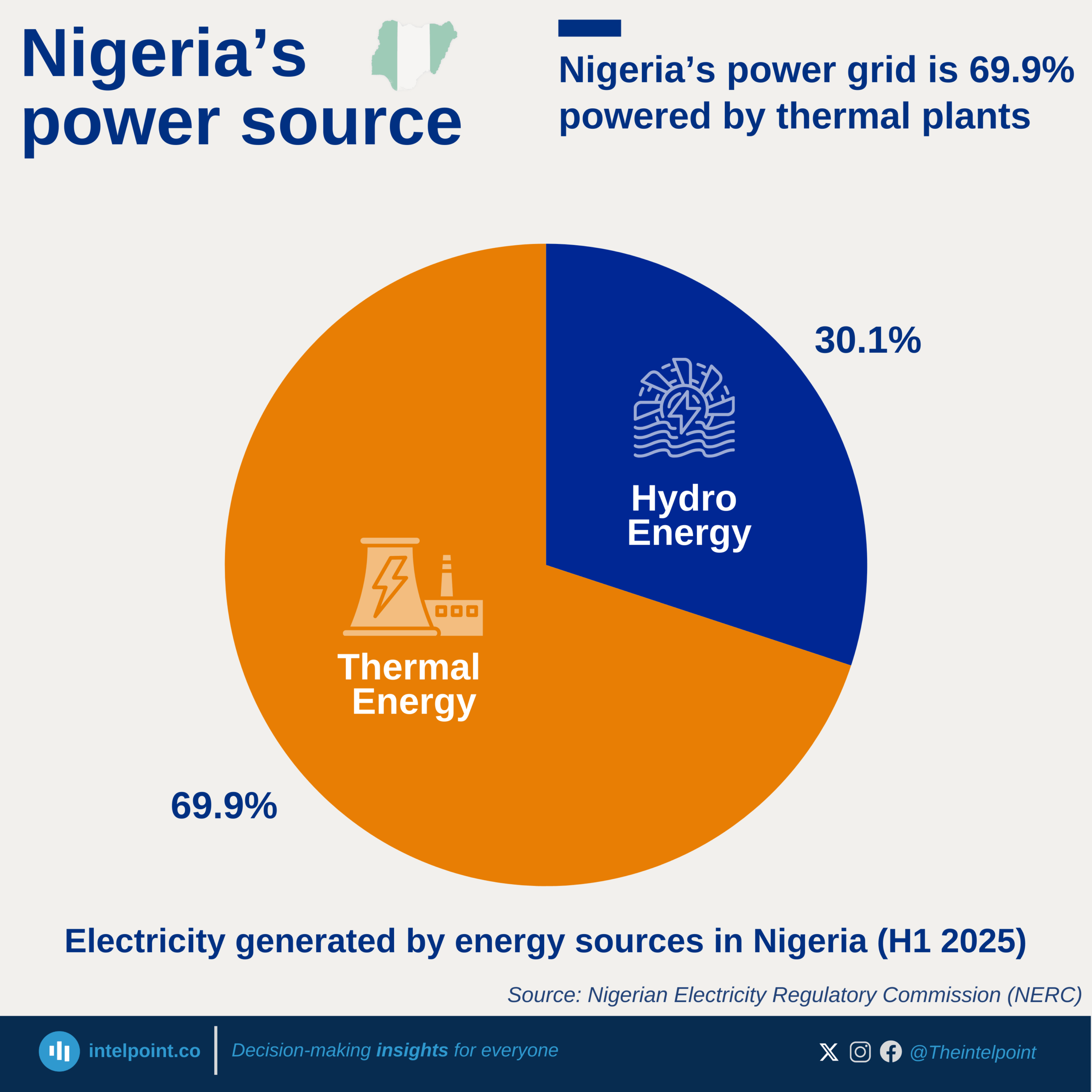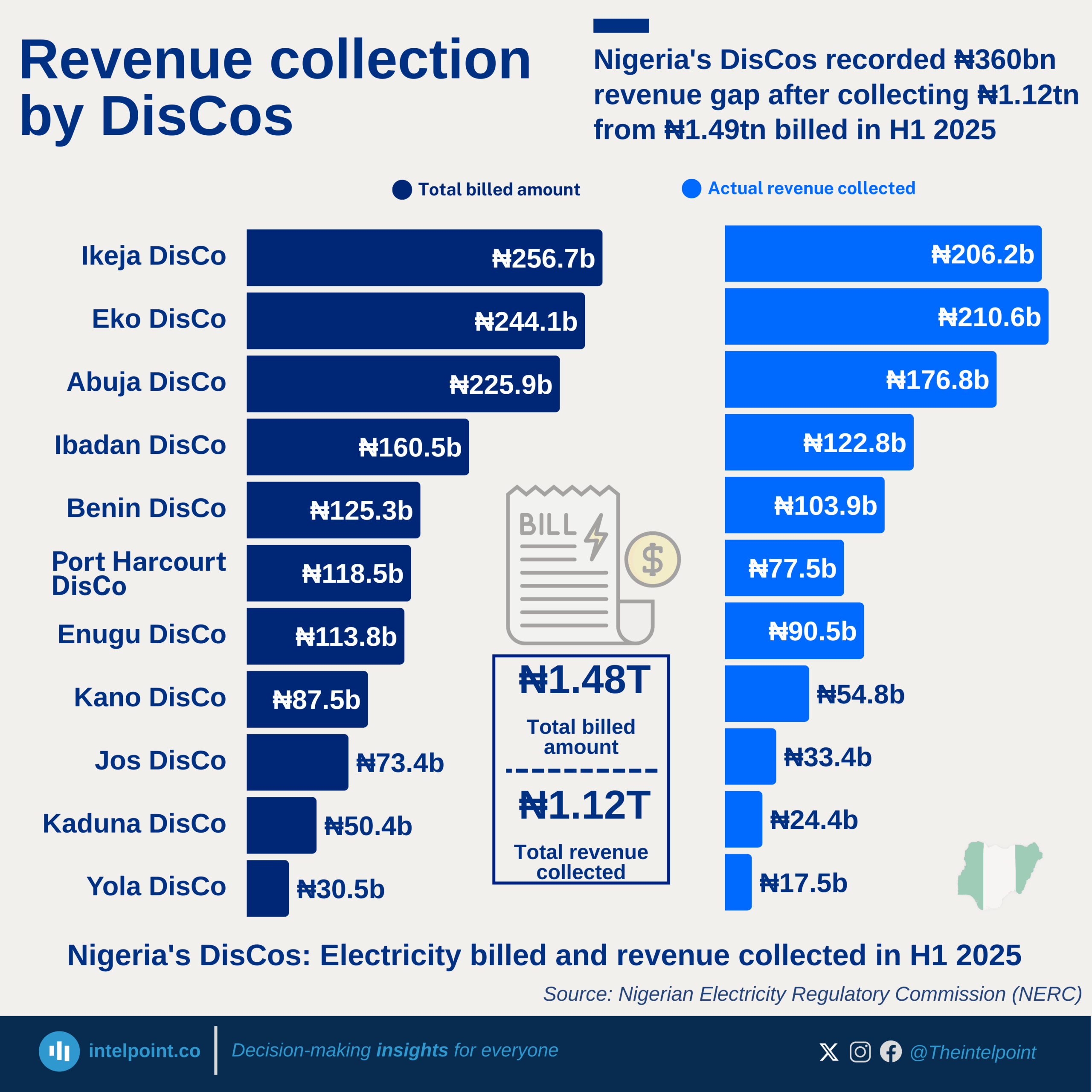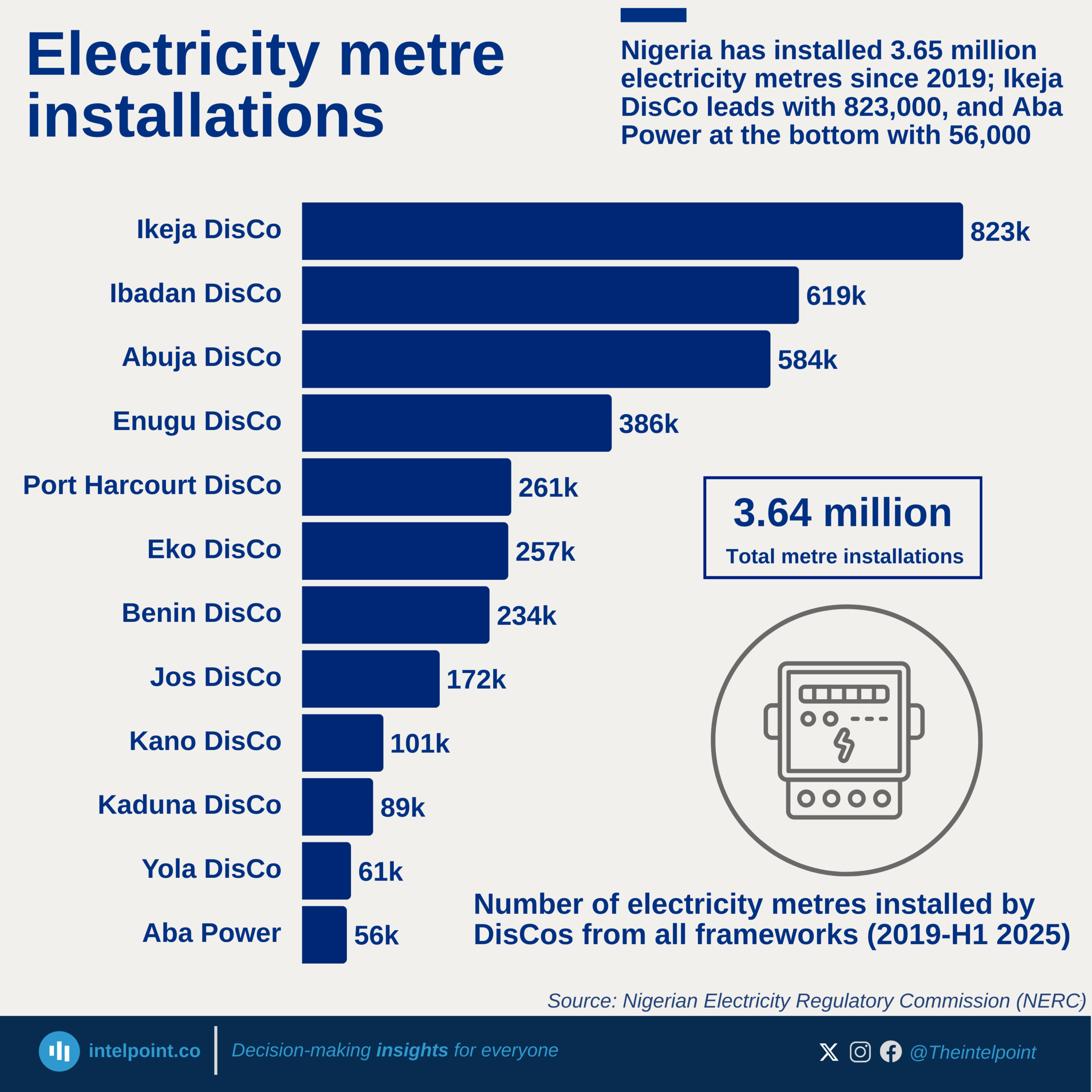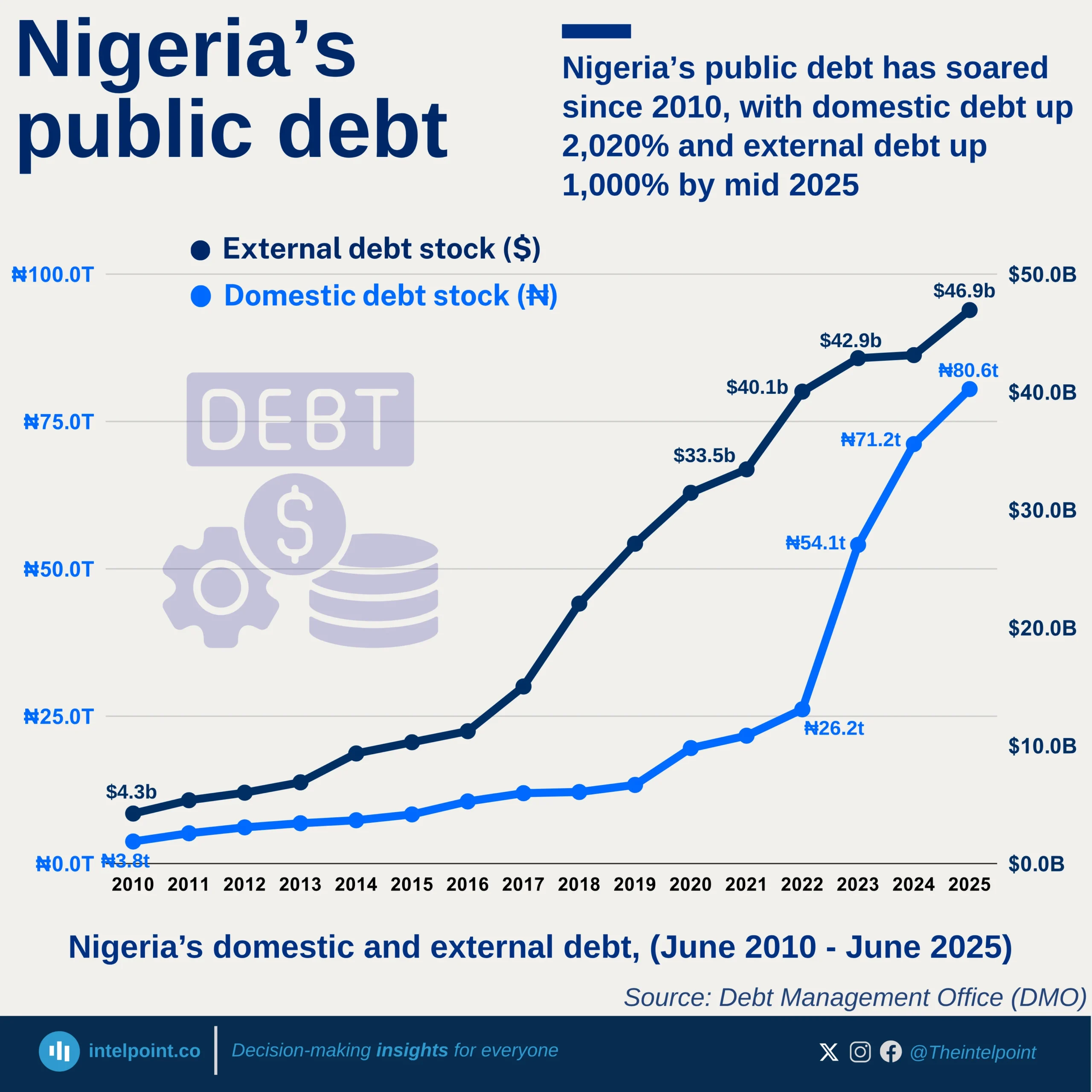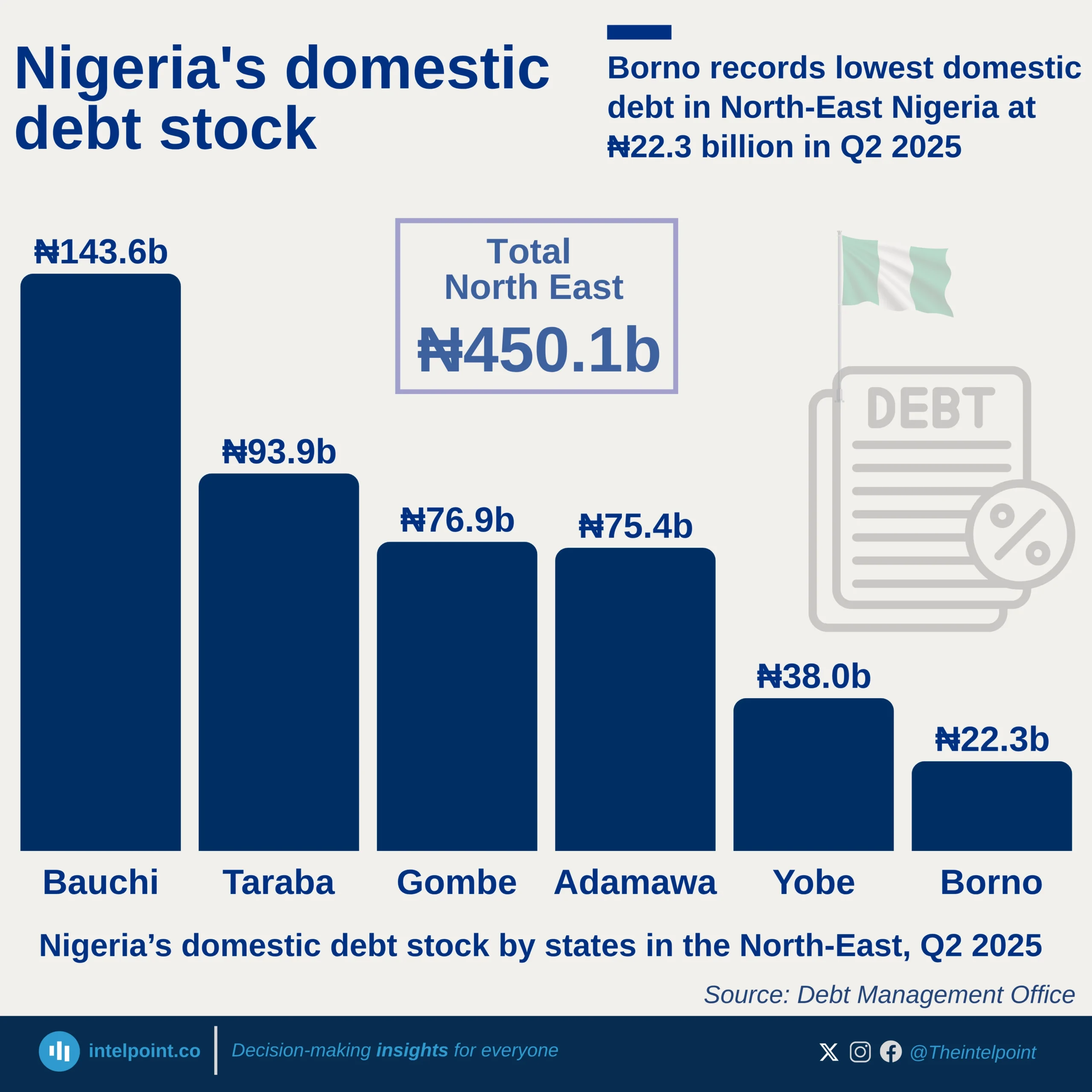At the latest count, Nigeria is home to a total of 297 universities spread across federal, state, and private ownership. Of these, private universities lead significantly with 159 institutions, over 53% of all universities, reflecting a growing trend in private-sector investment in higher education. This rapid growth highlights increased demand for tertiary education and a willingness among individuals and organisations to bridge the gap left by public institutions.
Federal universities, totaling 72, remain central to Nigeria’s public education infrastructure, offering subsidised education across all regions. State universities follow closely with 66 institutions, catering to local populations. Together, public universities account for 46% of the national total, showing that while government presence remains strong, private universities are reshaping the educational landscape.
